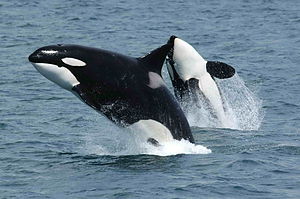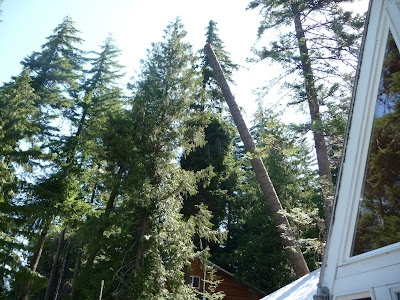One local woman is ready to test that theory. Carol Schillios, owner of the non-profit Fabric of Life, begins her quest on Friday to raises $1 million, one dollar at a time, from one million people. She is literally "shouting it from the rooftop" by camping out on the rooftop of her boutique in Edmonds, Washington until one million people donate to the cause. Normally, one would worry about her in the rainy Northwest, but with temperatures soaring to 100 this week, I'm going to be hoping she has a solar-powered fan.
Fabric of Life helps young women in developing countries develop small businesses to support themselves. Much of the work is done in Mali, one of the poorest countries in Africa. Women are targeted at a young age (before they are forced to turn to prostitution) and trained in business, literacy, and health issues. They also get access to micro-loans to become entrepreneurs. The boutique in Edmonds sells their crafts - including baskets, purses, jewelry - and will be the site of Carol Schillios' new rooftop home.
Want to help?
- If you're local, check out the launch of her event - Friday July 31st from 4 to 6 pm. Dancers and drummers will be on hand to entertain the kids. It should be hard to miss. The Edmonds Fire Department will be hoisting her up by ladder at 5:00!
- Donate $1 - better yet, donate $1 from each member of your family. You can follow her progress at upontheroofwithcarol.org.
- Find your own way to make a difference in the world. Along with the $1 donation, Ms. Schillios is asking how you plan to make a difference. The small steps make a difference when they're multiplied by a million!

![Reblog this post [with Zemanta]](http://img.zemanta.com/reblog_e.png?x-id=7c06a188-a410-4268-bd20-9104f7a69692)



![Reblog this post [with Zemanta]](http://img.zemanta.com/reblog_e.png?x-id=cd16fdb7-7763-45dc-8cce-7665fee7a6a8)


![Reblog this post [with Zemanta]](http://img.zemanta.com/reblog_e.png?x-id=8e5d446e-c2c7-4836-8513-c6fff295f197)





![Reblog this post [with Zemanta]](http://img.zemanta.com/reblog_e.png?x-id=f06322c0-4c69-4f2b-af64-dcba82dfea9f)

